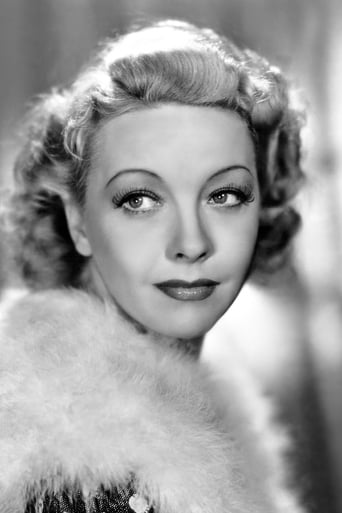JohnHowardReid
Helen Twelvetrees (Joan), Frank Leighton (Tommy Dawson), John Longden (Bill Peel), Nellie Barnes (Judy Cross), Elaine Hamill (Linda), Ronald Whelan (Genna), Les Warton (Grafter), Harold Meade (Russell Peel), Nellie Ferguson ('Ma' Dawson), George Lloyd (Sleepyfeet), Lynton Moore (Hops Warton), John D'Arcy (Jack Dent), Alf Stanton (Midget Martin), Edmond Seward (Mr Terry), Lance Skuthorpe (stunt jockey), Violet Skuthorpe (equestrienne double for Miss Twelvetrees), Tommy Dalton (stunt man), Don McNiver, Ruth Craven, and "Stormalong".Director: KEN G. HALL. Original screenplay: Edmond Seward. Photography: George Heath. Film editing: William Shepherd. Music director: Hamilton Webber. Settings: Fred Finlay, J. Alan Kenyon. Assistant director: Ronald Whelan. Dialogue supervisor: George D. Parker. Unit management: John Souter, Harry Strachan. Casting: George Cross. Gowns: Farmers (Sydney), Mavis Ripper (Melbourne). Furnishings: Grace Bros. Ltd., Sydney. Special effects (back projection): George Heath, J. Alan Kenyon, Stuart Ralston. Sound supervisor: Arthur Smith. Sound recording: Clive Cross. Producer: Ken G. Hall. Executive producer: Stuart F. Doyle.A Cinesound Production, not copyrighted or theatrically released in the U.S.A. Australian release through Associated—British Empire Films: 13 May 1936. Sydney opening at the Mayfair. 78 minutes. SYNOPSIS: Crooked gamblers try to kill the odds-on favorite thoroughbred in the Melbourne Cup.NOTES: Number 14 attraction at Australian ticket windows for 1936. Although set in Melbourne, the film was largely photographed in Sydney. Some exterior locations were shot at Kia-ora stud, Scone, NSW.Director Ken Hall states that he never saw "Broadway Bill", a top Oz box-office release by Columbia in 1935, and was totally unaware of the climax's similarity to "Thoroughbred".COMMENT: One of the high points of Australian feature film production in the thirties, very smoothly and professionally produced. Seward's script has an authentic Australian flavor and his plot predates Kubrick's "The Killing" by 20 years. Some of the acting is a bit self-conscious (Leighton) or stiff (Longden), but by and large performances rate as generally creditable, aside from two or three snatches of ill-judged comic relief. The action highlights, fortunately, are thrillingly staged by director Ken Hall. Hollywood star, Helen Twelvetrees, merited a huge coverage in the local press, and although she does a creditable job, she's not too attractively photographed by George Heath who fails to pour on the light quite to his usual extent. Too much reliance is placed on stock footage, and the film could stand a little trimming. But my only real objection lies in the fact that far too much use is made of a very obvious process screen.Hall's direction, as said, must be described as very capable. I particularly endorse two or three very effective tracking shots. The studio-built sets are most attractive too. The music score, on the other hand, obviously consists of a melange of "appropriate" disc recordings, but I still enjoyed it.
